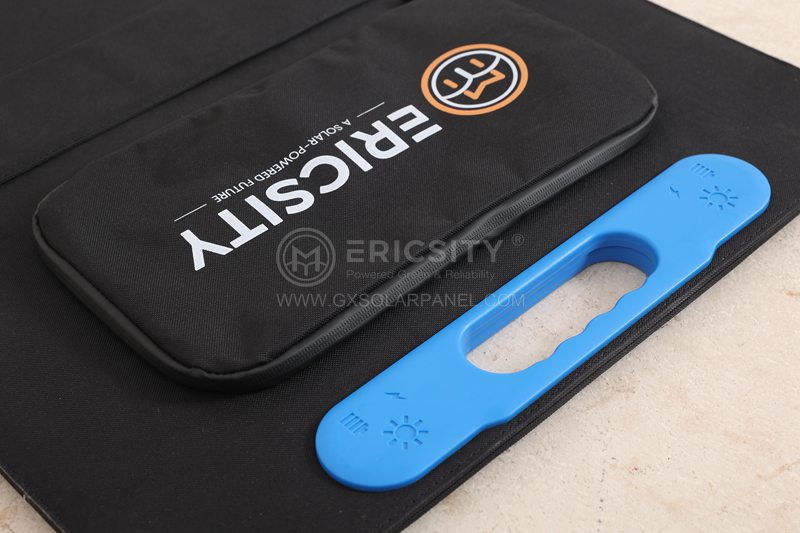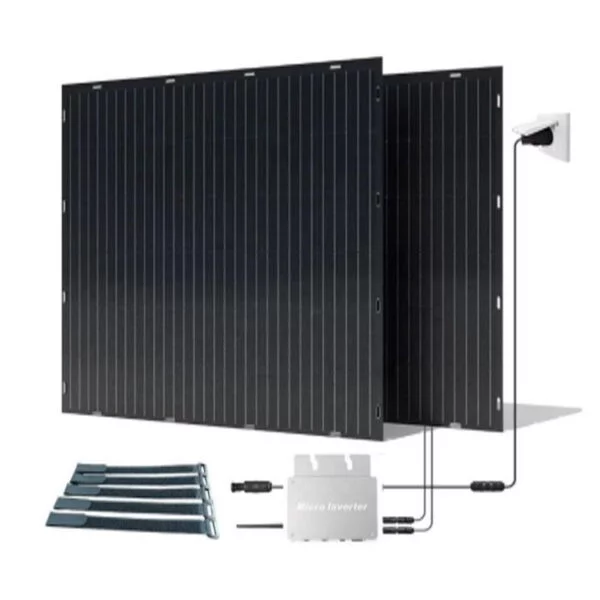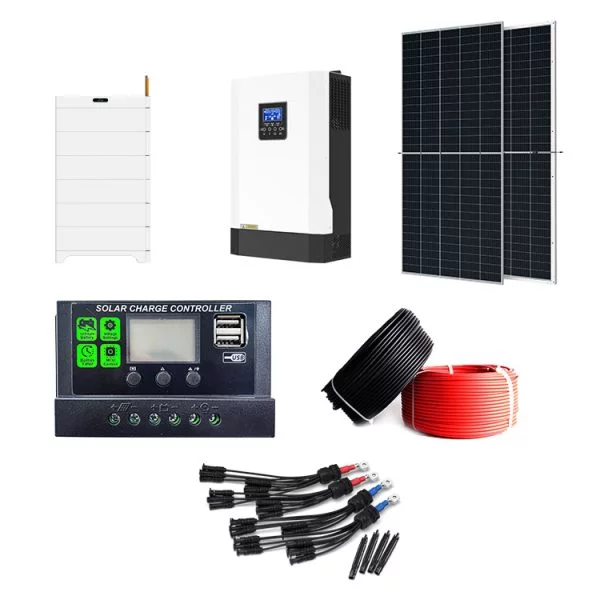HOT PRODUCT
Product Details
Inside The Monocrystalline Magic: How Mono Flexible Panels Generate Power
Inside The Monocrystalline Magic: How Mono Flexible Panels Generate Power
Solar power has become increasingly popular as a renewable energy source in recent years. Among the various solar panel technologies available, monocrystalline solar panels stand out for their high efficiency and aesthetics. In addition to the traditional rigid monocrystalline panels, a newer and more flexible version has emerged known as mono flexible panels. In this article, we will delve into the monocrystalline magic behind these panels and explore how they generate power.
To understand the monocrystalline magic, let’s start by explaining what monocrystalline solar panels are. These panels are made from a single, continuous crystal structure, typically composed of silicon. The monocrystalline structure allows electrons to move more freely, resulting in higher energy conversion efficiency. As a result, monocrystalline panels are capable of generating more electricity for a given area than other types of solar panels.
In recent years, advancements in solar technology have led to the development of flexible solar panels. These panels retain the efficient monocrystalline structure but offer additional benefits, such as increased portability and versatility in installation. Mono flexible panels are made using specialized manufacturing techniques that allow the monocrystalline silicon cells to be mounted on a flexible substrate, such as a polymer.

One key advantage of mono flexible panels is their ability to conform to curved surfaces, making them ideal for applications where traditional rigid panels are impractical. For example, these flexible panels can be seamlessly integrated into curved rooftops or even draped over irregular-shaped structures like vehicles or boats. The flexibility of these panels also facilitates transportation and installation, making them a popular choice for off-grid locations or temporary setups.

The monocrystalline cells in mono flexible panels function similarly to those in rigid monocrystalline solar panels. When sunlight hits the cells, photons from the sunlight excite the electrons in the silicon atoms. This generates a flow of electricity, which is then captured and converted into usable power through an integrated circuit.
One notable characteristic of mono flexible panels is their higher energy efficiency compared to other flexible solar panel technologies, such as thin-film panels. This advantage is primarily due to the superior electrical properties of monocrystalline silicon. Furthermore, the monocrystalline structure ensures that the panels maintain their efficiency over an extended period, as they are less prone to degradation caused by exposure to environmental factors like heat and humidity.
In terms of maintenance, mono flexible panels are relatively easy to care for. Regular cleaning with mild soap and water is usually sufficient to remove any dirt or debris that might accumulate on the surface. Additionally, these panels are designed to withstand environmental pressures, making them durable and long-lasting.
As the demand for renewable energy increases, the development of monocrystalline solar panels, specifically the versatile mono flexible panels, marks a significant milestone in the solar industry. Their ability to harness solar energy efficiently, adapt to various surfaces, and withstand environmental factors makes them a compelling choice for both commercial and residential applications.

In conclusion, mono flexible panels are an innovative form of monocrystalline solar panels that combine the efficiency of monocrystalline technology with the flexibility of a polymer substrate. Their ability to generate power efficiently, while being adaptable to curved surfaces, makes them a viable solution for a range of applications. With ongoing advancements in solar technology, we can expect the mono flexible panels to continue to evolve and contribute to the wider adoption of renewable energy in the future.




